In the fast-paced world of digital communication, ending an email professionally is crucial for leaving a lasting impression. From understanding your audience to crafting a polished email signature, there are key tips to keep in mind when wrapping up your message.
Avoid common mistakes like neglecting proofreading and finding the right balance between formality and informality. Explore examples of professional email endings for various situations, and discover useful resources to enhance your email writing skills.
Let's dive into the art of signing off with style!
Key Takeaways:
Keep your audience in mind when ending an email - tailor your closing to their level of formality
Include a thoughtful closing line that reflects your professionalism and the purpose of your email
Avoid common mistakes like poor proofreading and finding the right balance of formality and informality in your email
Why is Ending an Email Professionally Important?

Ending an email professionally is crucial in maintaining a positive image, fostering strong relationships, and upholding professionalism in business communication.
A well-thought-out email closure not only signifies respect and consideration for the recipient but also showcases your attention to detail and communication skills. The way you conclude an email can vary depending on the nature of your relationship with the recipient. For formal settings, such as communicating with clients or superiors, it's advisable to use formal sign-offs like 'Best regards' or 'Sincerely.' On the other hand, for more familiar interactions with colleagues or acquaintances, you can opt for casual yet polite endings such as 'Cheers' or 'Thanks.'
Key Tips for Ending an Email Professionally
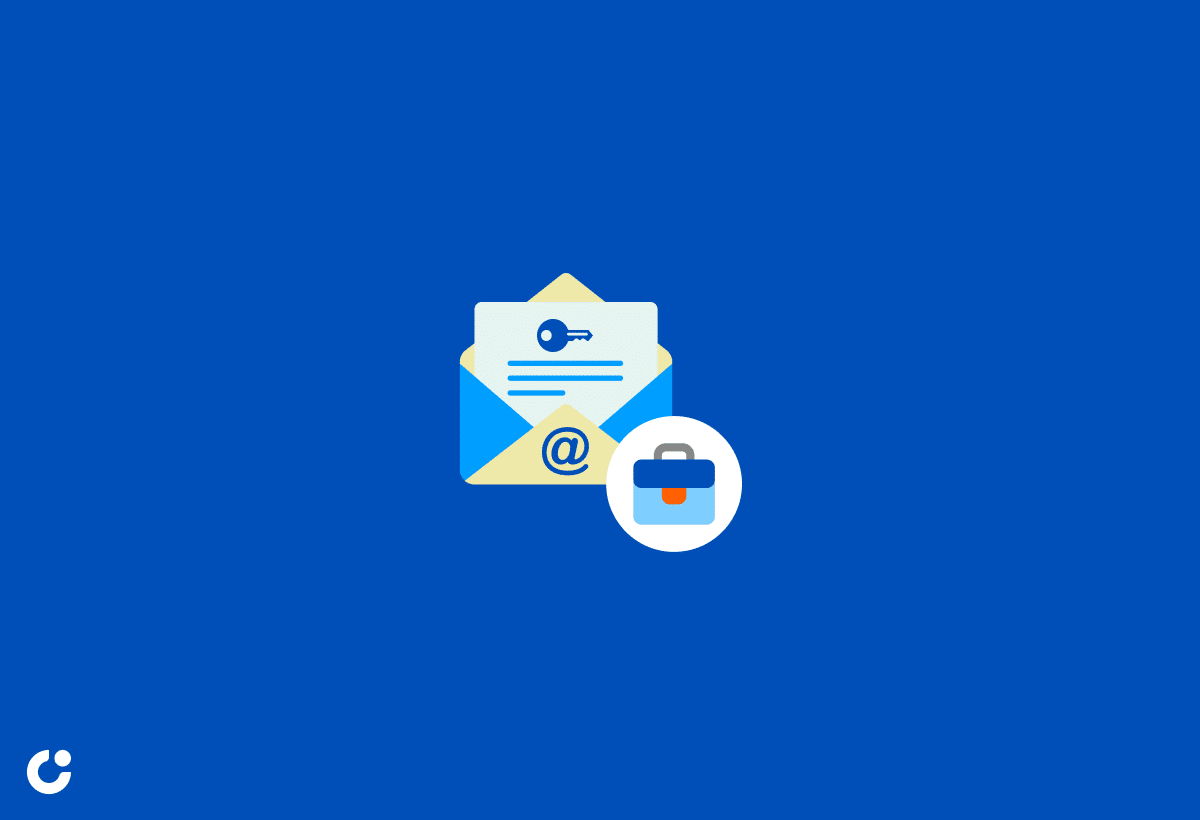
Mastering the art of ending an email professionally involves understanding the importance of effective communication, maintaining a professional tone, and showcasing gratitude when appropriate.
Understand Your Audience

Tailoring your email sign-off to suit the preferences and expectations of your audience is key to effective communication and relationship building.
Understanding your recipient's professional context is essential. For instance, a formal sign-off such as 'Best regards' might be suitable for business acquaintances or higher-ups. However, using a more casual phrase like 'Cheers' could be appropriate for colleagues with a friendly rapport.
Considering the nature of your relationship is crucial. A warm 'Thanks so much' may be well-received by a client you have a long-standing partnership with, while a simple 'Best' might feel distant when emailing a potential new client.
By adapting your sign-off to align with the recipient's communication style and relationship dynamics, you can ensure your emails are received positively and effectively convey your message.
Include a Thoughtful Closing Line
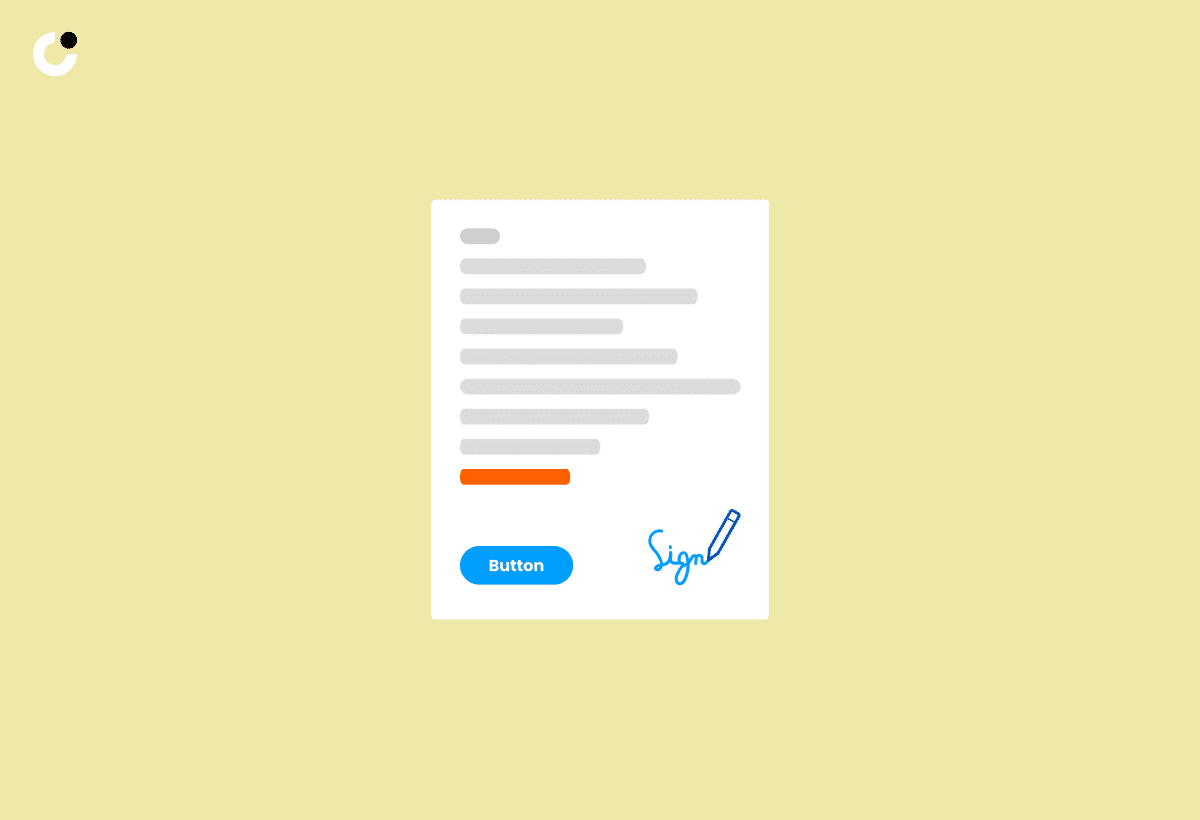
Incorporating a thoughtful closing line can personalize your email, create a positive impact, and strengthen the connection with the recipient.
When crafting the ending of your email, consider using genuine expressions of appreciation or kindness to leave a lasting impression. A simple 'Thank you for your time and consideration' or 'Looking forward to hearing from you soon' can show your gratitude and eagerness to continue the conversation. Adding a personal touch, like referencing a previous interaction or mentioning something specific to the recipient, demonstrates attentiveness and care. By infusing your closing lines with sincerity and warmth, you not only convey professionalism but also build authentic relationships that go beyond mere communication.
Use Established Closing Phrases
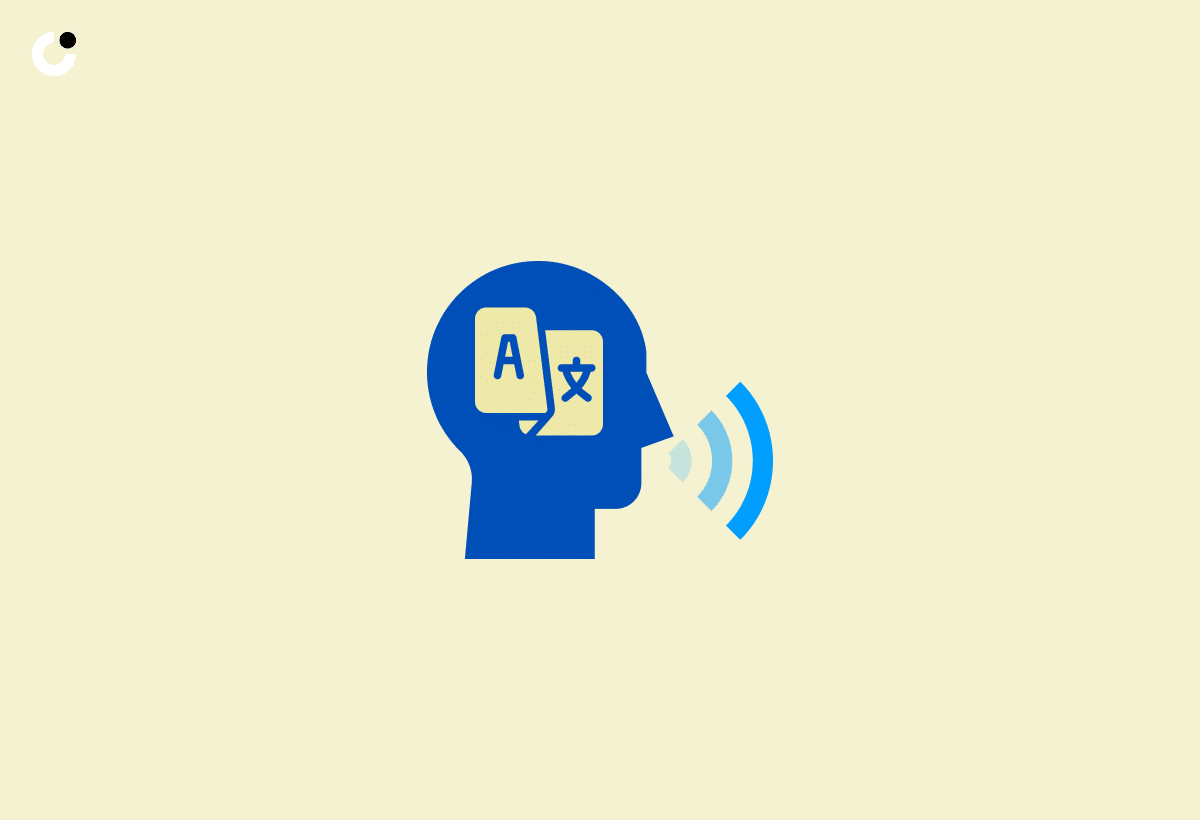
Utilizing commonly accepted closing phrases can streamline your email endings, convey professionalism, and ensure clarity in communication.
It is essential to choose the appropriate sign-off based on the nature of the email and your relationship with the recipient. Formal phrases like 'Yours sincerely' or 'Best regards' are ideal for professional correspondence or when addressing superiors, clients, or individuals you are not acquainted with. On the other hand, more casual phrases such as 'Cheers' or 'Take care' can be used when emailing colleagues or friends. By consistently using these phrases, you establish a sense of etiquette and respect in your emails, aiding in effective communication.
Craft a Polished Email Signature

An impeccably crafted email signature can serve as a virtual business card, reinforcing your professional image, providing contact information, and adding a touch of personalization.
Name and Title: including your full name and current job title in a legible font size helps recipients quickly identify you and your role.
Contact Details: Essential information such as phone number, email address, and physical address enables seamless communication.
Social Media Links: Incorporating icons linked to your social media profiles allows for networking beyond the email exchange.
Company Branding: Adding your company logo or colors enhances brand recognition and professionalism.
When designing your email signature, balance aesthetics with clarity. Keep it concise, avoid overwhelming colors, and ensure all elements are easily clickable.
Common Mistakes to Avoid
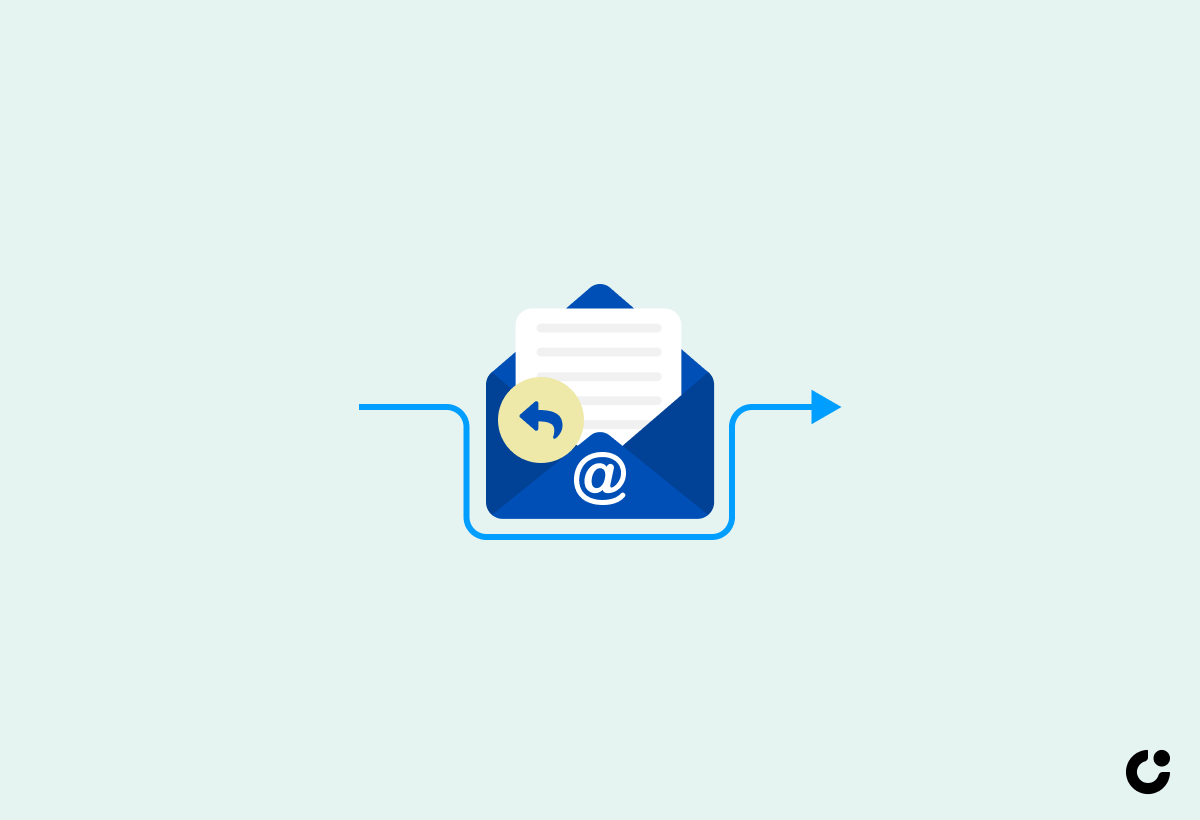
Several common mistakes can detract from the professionalism and impact of your email sign-off, including overlooking proofreading and struggling to strike the right balance between formality and informality.
Proofreading plays a crucial role in ensuring that your sign-off is polished and error-free. Simple typos can have a negative impact on the recipient's perception of your professionalism. Take the time to review your email for any spelling or grammar mistakes before hitting send.
Regarding choosing the appropriate tone for your sign-off, consider the context of the email. A more formal email may require a closing that reflects respect and courtesy, while a more casual correspondence allows for a friendlier and relaxed sign-off.
Neglecting Proofreading
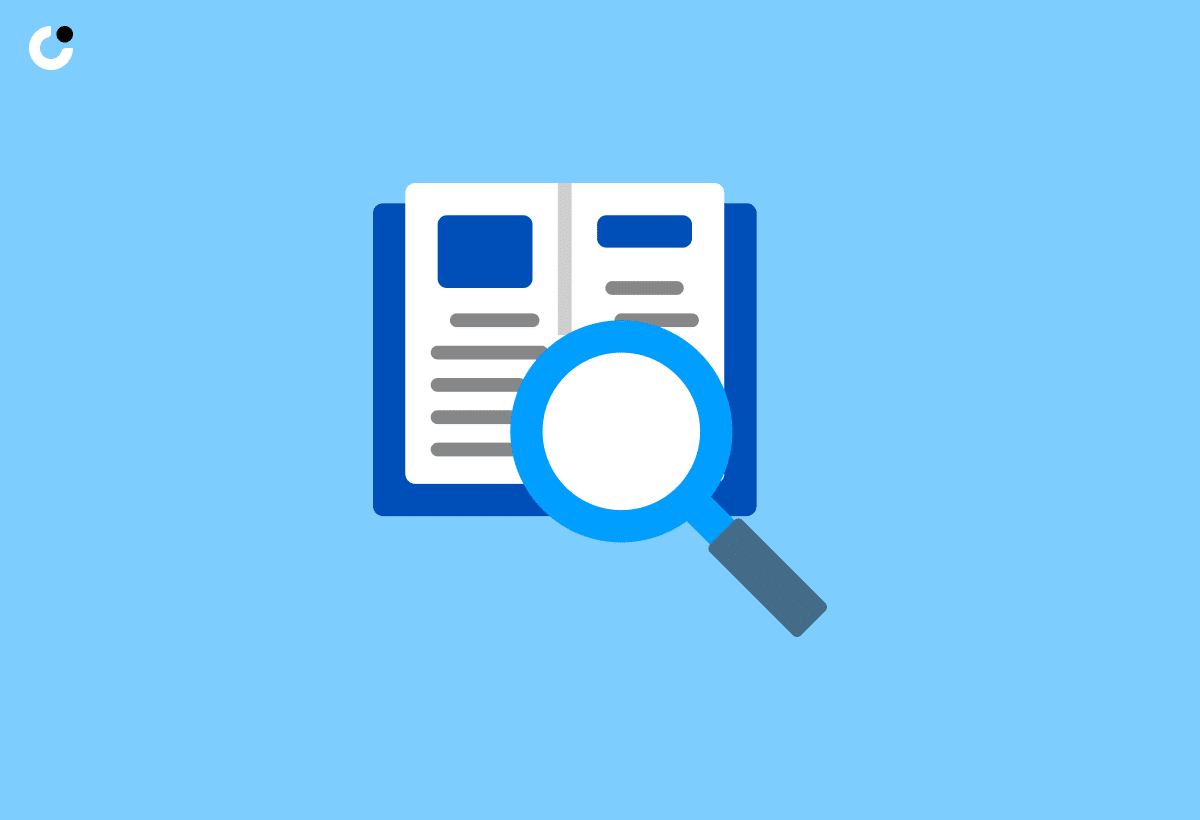
Failing to proofread your email sign-off can lead to embarrassing mistakes, undermine your professionalism, and weaken the impact of your communication.
It is essential to carefully review your email sign-off to ensure that it reflects the level of professionalism you aim to maintain. One common error to watch out for is spelling mistakes, as they can diminish your credibility and attention to detail. Grammar errors can change the intended meaning of your closing remarks, potentially causing confusion or misinterpretation. Proper formatting is crucial for a polished appearance, so checking for consistency in font, alignment, and spacing is recommended. Remember, attention to detail can make all the difference in leaving a lasting positive impression.
Striking the Right Balance between Formality and Informality

Achieving the perfect balance between formality and informality in your email endings requires consideration of the recipient, context, and desired tone to avoid misinterpretation or perceived insincerity.
For professional settings, such as when corresponding with supervisors, clients, or colleagues you are less familiar with, it's advisable to opt for formal sign-offs. Phrases like 'Sincerely', 'Best regards', or 'Kind regards' are fitting choices that convey respect and professionalism.
When emailing close colleagues, friends, or family members, a more casual sign-off like 'Cheers', 'Best', or 'Take care' can infuse a friendly touch and reflect the relationship's familiarity.
Examples of Professional Email Endings for Various Situations

Explore a curated selection of professional email sign-off examples tailored to different scenarios, including job applications, team introductions, requests for help, and expressions of gratitude.
Job Applications and Follow-Ups

Concluding job application emails with a polished sign-off can leave a favorable impression on potential employers, demonstrating your professionalism and attention to detail.
Effective sign-off phrases play a crucial role in solidifying your candidacy for a position. By choosing appropriate language that reflects your enthusiasm for the role and gratitude for the opportunity, you can showcase your genuine interest.
For example, utilizing phrases like 'Thank you for considering my application' or 'I look forward to the possibility of contributing to your team' can convey your eagerness. These closing remarks not only show respect for the hiring process but also leave a lasting positive impact.
In follow-up emails, maintaining a similar level of professionalism in your sign-offs helps reinforce your enthusiasm and commitment to the position.
Job Acceptances and Team Introductions
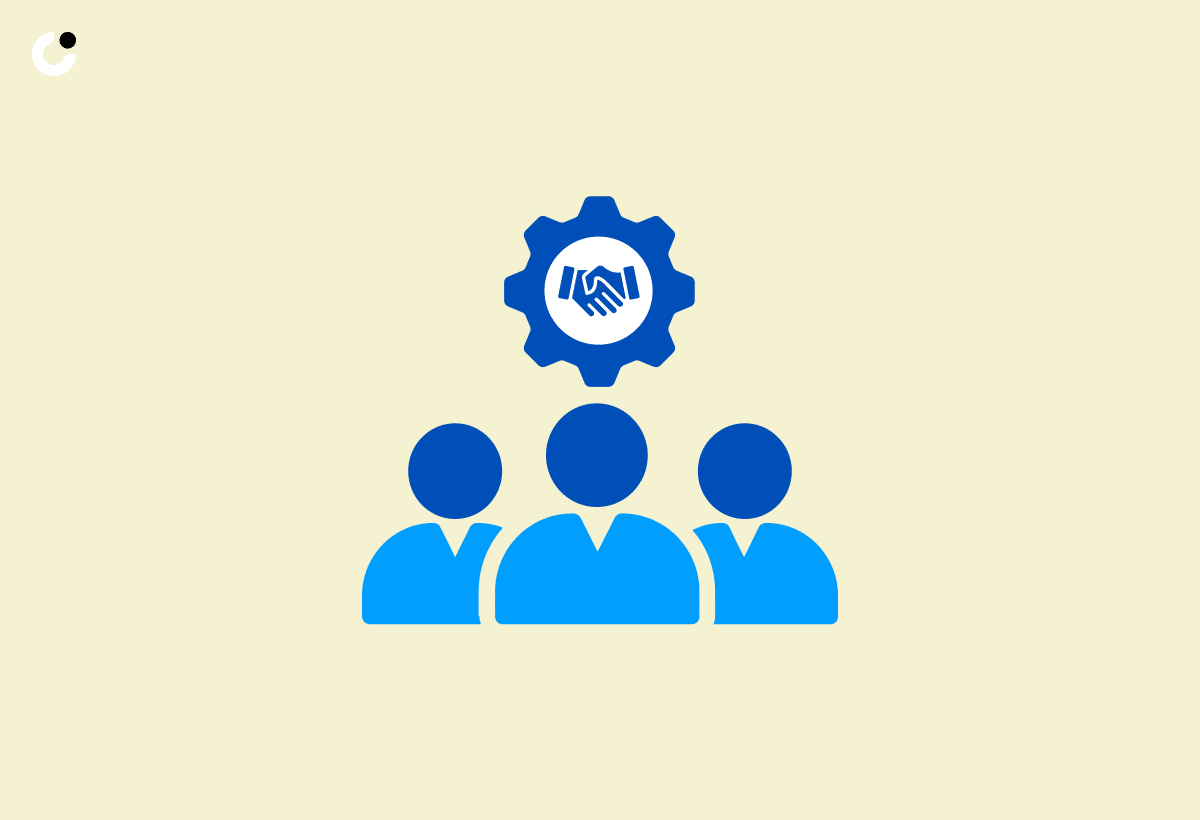
Accepting a job offer or introducing yourself to a new team through email requires a gracious and professional sign-off to set a positive tone for future interactions.
Conveying appreciation for the opportunity extended to you is crucial. For instance, you could write something like: 'I am truly grateful for the chance to be a part of such a dynamic team.' Expressing enthusiasm about joining the organization can also help in fostering a sense of camaraderie. Consider a statement such as, 'I am looking forward to contributing to the team and achieving success together.' Remember, highlighting your readiness to collaborate and learn from your new colleagues can go a long way in building strong relationships right from the start.
Requests for Help or Favors

When seeking assistance or favors via email, a well-crafted sign-off can convey respect, appreciation, and a willingness to reciprocate, fostering positive networking relationships.
One effective sign-off phrase that strikes a balance between assertiveness and politeness is 'I look forward to your support and eagerly await your response.' This conveys gratitude while also expressing a clear expectation. Another option could be 'Your help would be greatly appreciated, and I am happy to return the favor in the future.' These phrases show professionalism and a willingness to maintain a positive connection with the recipient.
It is crucial to find a sign-off that is sincere and respectful without sounding demanding. Remember, being polite and showing appreciation can significantly increase the chances of receiving a helpful response to your request.
Expressing Gratitude
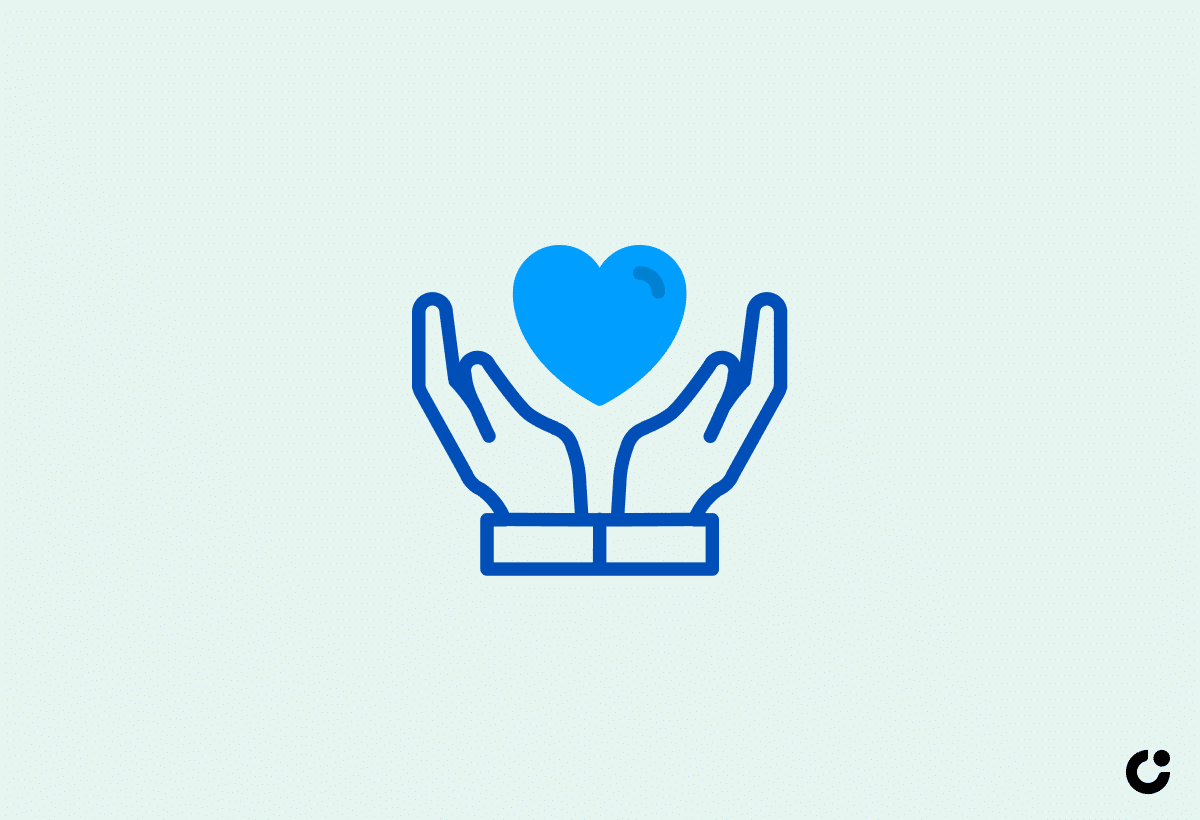
Conveying gratitude in email endings is a powerful way to acknowledge support, build goodwill, and nurture positive relationships in both personal and professional settings.
Expressing appreciation in the conclusion of your emails not only leaves a lasting impression but also opens up avenues for future interactions. For instance, a simple 'Thank you for your time and consideration' shows your recognition of the recipient's effort and time invested in reading your email.
By showcasing your gratitude in email sign-offs, such as 'Your support has been invaluable, and I am truly grateful for your assistance,' you show genuine appreciation that can strengthen bonds and foster trust, crucial for establishing long-term connections.
Finalizing and Sending your Email
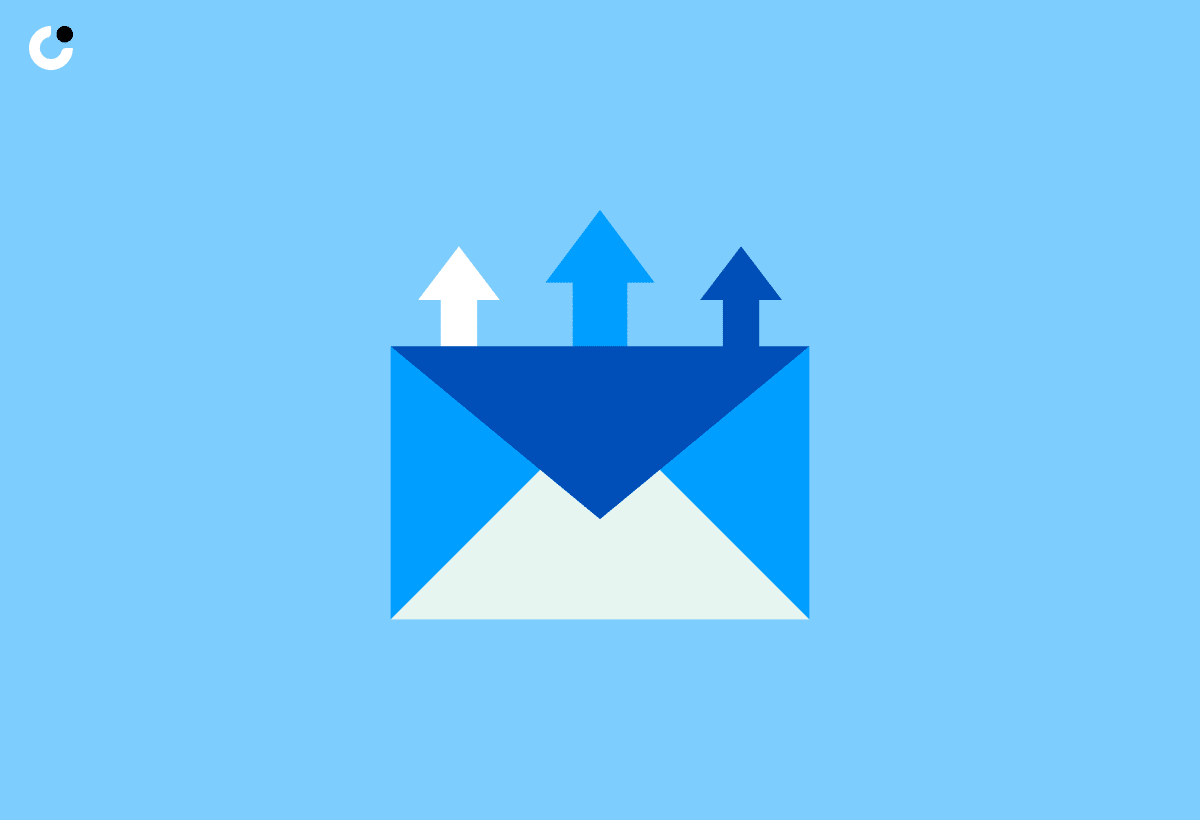
Before sending your email, ensure that you have reviewed the content, confirmed the accuracy of details, and selected an appropriate sign-off that aligns with the tone and purpose of your message. For tips on ending an email professionally, you can refer to this reputed source.
It is crucial to proofread your email for any grammatical errors, typos, or formatting issues. Remember to double-check all recipients, subject lines, and any necessary attachments to avoid any mishaps. Verify that all attachments are included and are the correct files before hitting send, as missing or incorrect attachments can lead to confusion and delays in communication.
Useful Resources for Writing Professional Emails
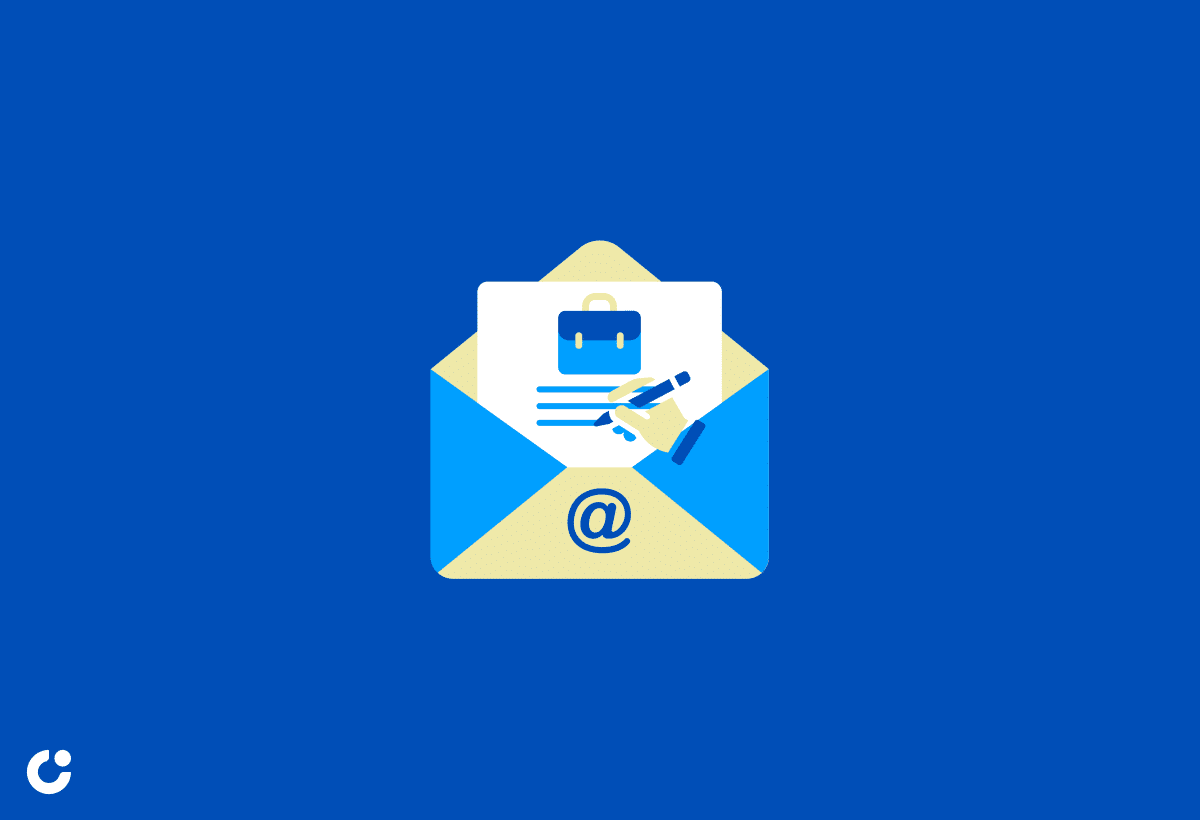
Accessing resources that offer guidance on writing professional emails can enhance your communication skills, refine your email etiquette, and equip you with effective strategies for effective sign-offs.
Engaging with style guides like The Elements of Style by Strunk and White or The Chicago Manual of Style can provide in-depth insights into crafting clear and concise emails. Online tutorials from platforms like Coursera or Udemy offer interactive lessons on email writing practices, helping you polish your skills. Referring to email etiquette handbooks such as 'Send: Why People Email So Badly and How to Do It Better' by David Shipley and Will Schwalbe can aid you in navigating various email scenarios with professionalism and clarity.
Frequently Asked Questions
What are some tips for ending an email professionally?
Some tips for ending an email professionally include using a proper salutation, avoiding colloquial language, and using an appropriate closing statement.
Why is it important to end an email in a professional manner?
Ending an email professionally shows respect and courtesy to the recipient, and can leave a positive impression on the reader. It also reflects your level of professionalism and attention to detail.
Should I use a different sign-off depending on the recipient of my email?
Yes, it is important to consider the relationship and tone of your email when choosing a sign-off. For professional emails, use a formal sign-off such as "Sincerely" or "Best Regards". For informal emails, a simple "Take care" or "Thanks" may be appropriate.
What are some examples of professional sign-offs?
Some examples of professional sign-offs include "Best regards", "Sincerely", "Thank you", "Warmly", and "Respectfully". These sign-offs convey a sense of professionalism and respect to the recipient.
Is it necessary to include a signature in my email when signing off professionally?
Yes, including a signature with your name, job title, and contact information is a professional way to end an email. It also allows the recipient to easily reach out to you if needed.
What are some common mistakes to avoid when ending an email professionally?
Some common mistakes to avoid when ending an email professionally include using informal language or acronyms, misspelling the recipient's name or using the wrong name, and using unprofessional or offensive language. It is important to proofread your email before sending to ensure it is error-free and reflects a professional tone.

